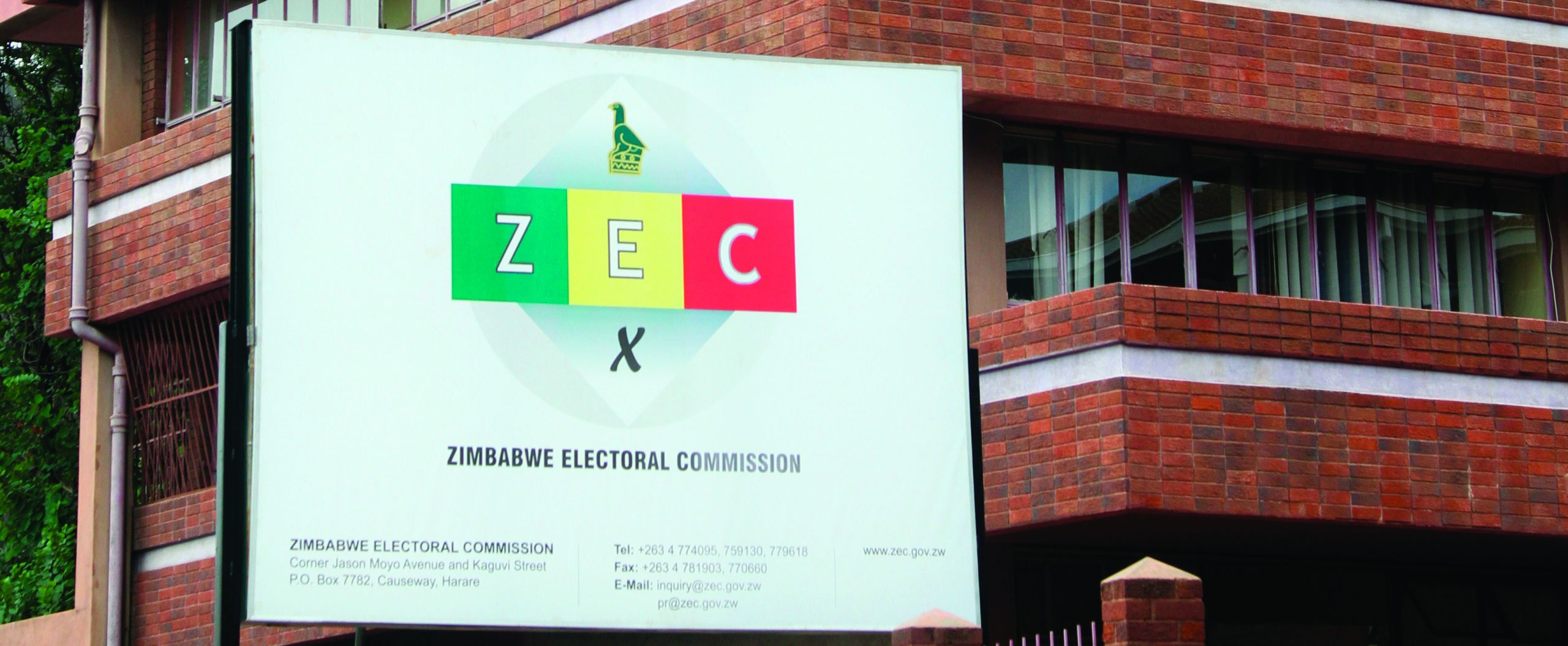
LATEST statistics by the Reserve Bank of Zimbabwe showing that amounts going through the national payments system are now running into trillions of dollars are unsettling.
The last time the figure “trillion” dominated the markets, the consequences were disastrous.
But the underlying problem driving Zimbabwe into these shocking figures is hyperinflation, which has to be stemmed to stop the frightening currency depreciation.
This development brought back chilling memories of the hyperinflationary era of 2007-2008, when inflation hit 500 billion percent.
The country was affected by a severe shortage of basic commodities, fuel and foreign currency.
What Zimbabwe has witnessed in the past two years is a result of the changes introduced through Statutory Instrument 142 of 2019, which banned the use of the multi-currency regime and made the Zimbabwe dollar the sole legal tender.
The anomaly was that the return of the Zimbabwe dollar was implemented hurriedly without the attainment of the most basic economic fundamentals, such as up to three months import cover and sustainable gross domestic product (GDP) growth rates of at least 7% annually.
The other prerequisites to the return of the local currency were single digit inflation, sustainable debt to GDP ratio and a level of savings and investments of at least 25% of GDP.
- Chamisa under fire over US$120K donation
- Mavhunga puts DeMbare into Chibuku quarterfinals
- Pension funds bet on Cabora Bassa oilfields
- Councils defy govt fire tender directive
Keep Reading
In other words, there was a rush to reintroduce the Zimbabwe dollar, and the trillions that the central bank is now talking about is a consequence of this rush.
Government was forced to reintroduce the multicurrency system last year, but it was a little too late as the damage had already been done, as the exchange rate had galloped despite the introduction of the forex auction system to improve forex supply and stabilise the local currency.
The introduction of SI 127 of 2021, compelling the markets to sell in foreign currency using the ruling exchange rate could further worsen the country’s economy, battered by a debilitating liquidity crunch, three digit inflation, low capacity utilisation and unemployment.
It means government has added insult to injury, and the troubles are likely to continue.
Already, prices have increased by 40% since the SI came into force two weeks ago, meaning the Zimbabwe dollar will continue to fall, and the market is likely to frequently hear the word “trillion” in the coming months, which is a bad signal.
Instead of sticking its head in the sand, the government must address the root cause, not symptoms.
Failure to do so could wreak further havoc on the fragile economy.










